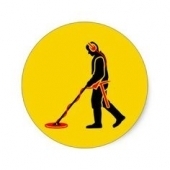Gordon Heritages Bronze Age Axe Hoard 1000bc With Equinox 800
-
Similar Content
-
- 2 replies
- 895 views
-
- 0 replies
- 755 views
-
- 4 replies
- 1,541 views
-
- 27 replies
- 4,157 views
-
- 5 replies
- 1,032 views
-
- 13 replies
- 1,526 views
-
-

.thumb.jpg.a9604472c3cce6d83a8d8fcc887e33bc.jpg)








Recommended Posts
Create an account or sign in to comment
You need to be a member in order to leave a comment
Create an account
Sign up for a new account in our community. It's easy!
Register a new accountSign in
Already have an account? Sign in here.
Sign In Now